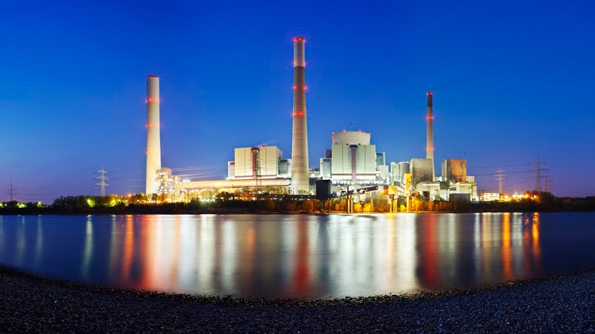
Energy policy over the last decade
The previous government changed energy strategy several times, undertaking two energy reviews in 2002 and 2006, and publishing three Energy White Papers in 1998, 2003 and 2007. Each of the White Papers recognised the tensions between the three pillars of energy policy: security of supply, climate change, and consumer costs. However, each successive White Paper emphasised one of these concerns above the others: in the late 90s, costs were the prime concern, then security of supply came to the fore, and then the emphasis shifted emphatically to the environment, where it appears to have stayed.
Policy piled upon policy
This constant switching of focus from one issue to another has led to a successive layering of policies, culminating in the 2009 UK Low Carbon Transition Plan. The Plan set out how the UK would reduce greenhouse gas emissions by 34% below 1990 levels by 2020. This is a step along the path to the much more ambitious target of an 80% reduction in greenhouse gas emissions across the entire economy by 2050. Central to the plan is increasing the proportion of electricity from renewable sources to around 30% by 2020, up from the current level of 6.2% in the first quarter of 2010.
